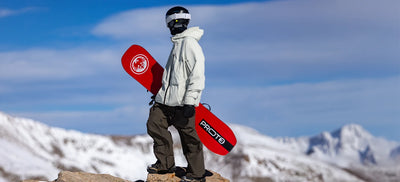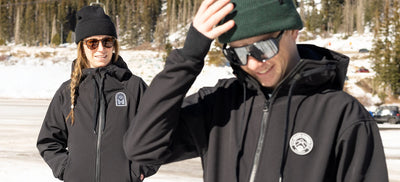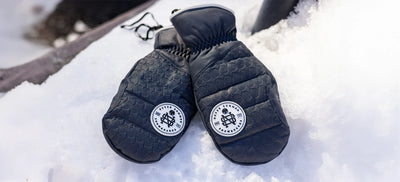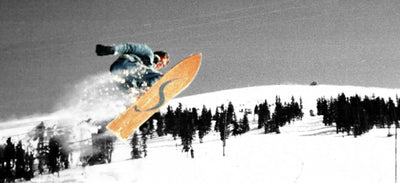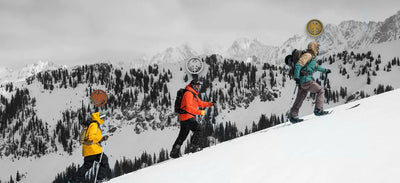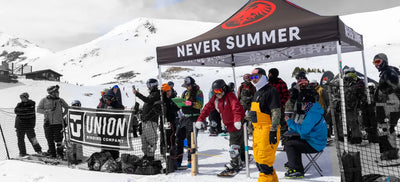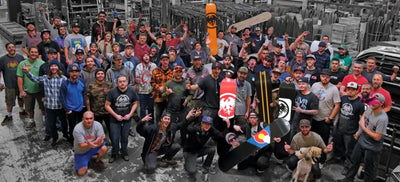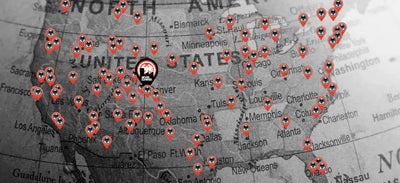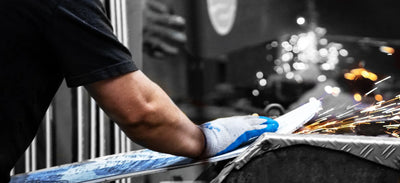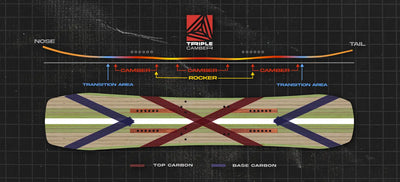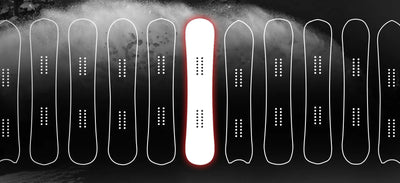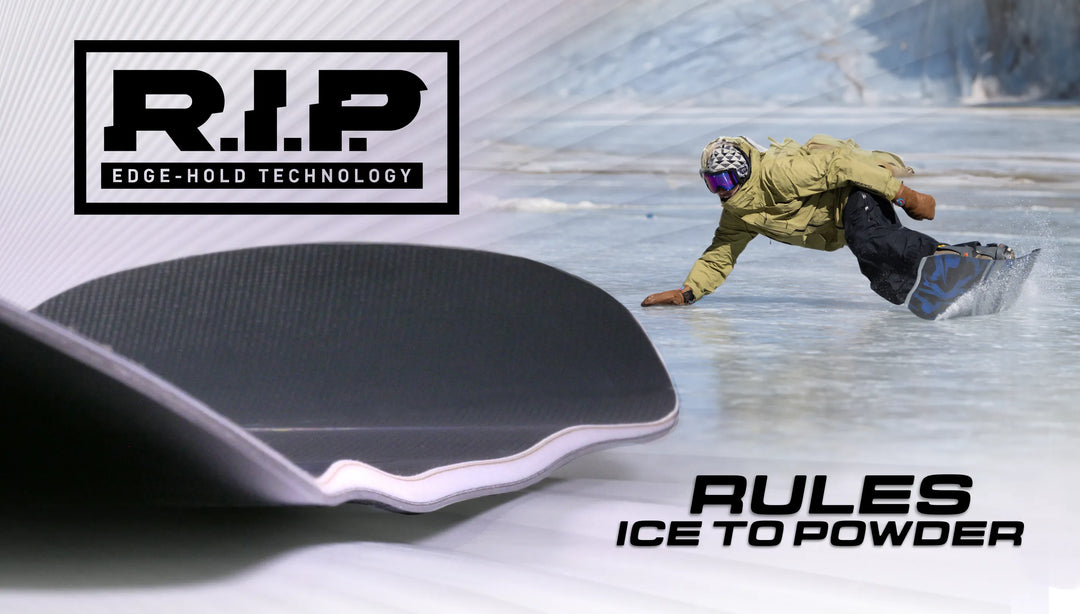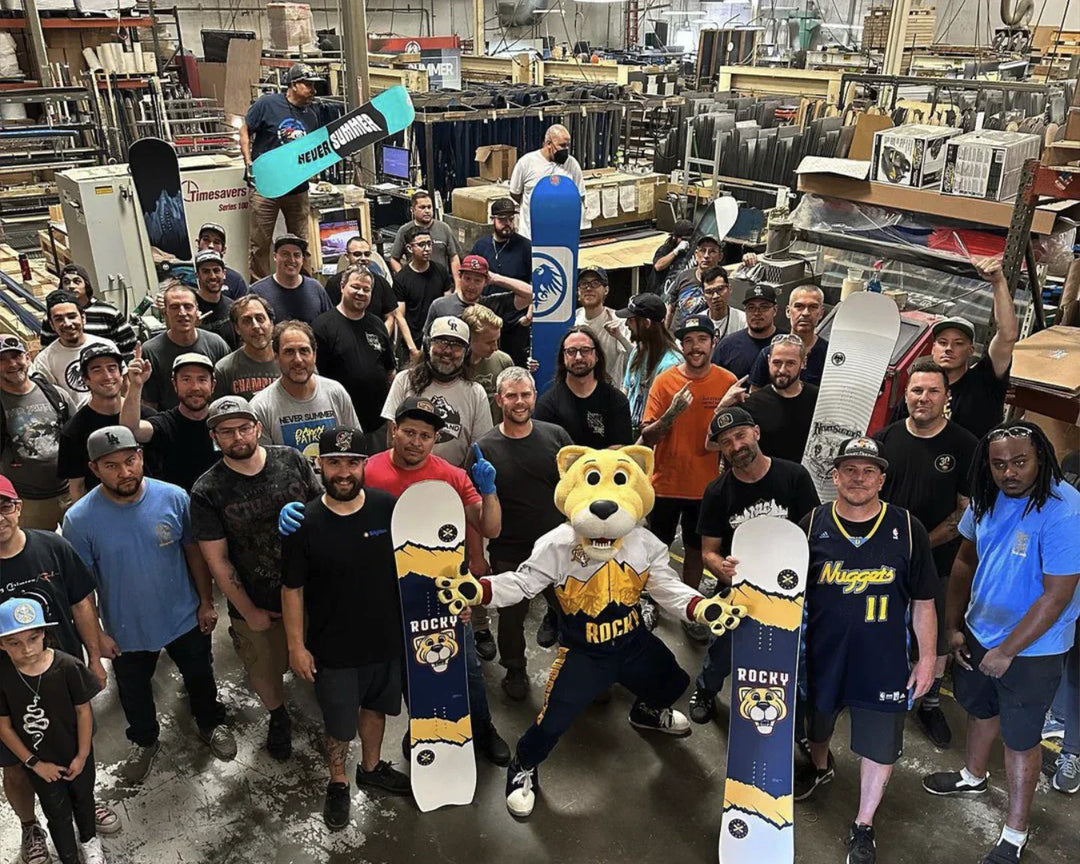One of the coolest things about snowboarding is catching air. Whether dropping a cliff, hitting a kicker, or doing an ollie off a roller, there are a ton of ways to get sick air on a snowboard.
You don’t have to be an expert rider to jump on a snowboard. However, you do need to know some basic mechanics - including hitting jumps and landing. Once you know the fundamentals of jumping, you can maximize your fun on the mountain and get style points in the air.
Different Types of Snowboard Jumps
There are many types of snowboard jumps found on the mountain. Whether you love the terrain park or shredding big mountain lines, knowing what types of jumps are out there is a great first step toward increasing your capabilities.
Kickers: are well-made jumps found in terrain parks. Because they are professionally constructed, kickers are the easiest jumps to learn for beginners. These jumps are shaped to maximize lift and airtime, as well as guarantee a smooth landing.
Cliff drops: are found in big mountain freeriding terrain. Depending on the amount of air you want to get, there are several ways to hit cliffs drops. New riders tend to ease off cliffs slowly, while experienced riders will huck cliffs with speed.
Terrain features: are different contours of the mountain that can be used to catch air. With enough speed, you can launch off bumps, pillows, and rollers wherever you find them.
How to Hit a Jump on a Snowboard
There are several important variables for jumping you must consider for catching air in the park or backcountry this winter.
Speed: is the most important variable for jumping on a snowboard. You have to be going fast enough to hit the landing zone, while also being sure not to overshoot it. Oftentimes, beginners are uncomfortable with the amount of speed it takes to catch air.
Straight-lining: is the most basic technique for jumping a snowboard. With straight-lining, you point the nose of your snowboard downhill and gain enough speed for a jump. Next, simply bend your knees and let gravity do the work of pushing you into the air.
Ollie: is when you put bodyweight on the tail of your snowboard and make the nose rise into the air. Next, jump off the tail end of your snowboard and tuck your knees towards your body. When you have mastered the ollie, you can get air anywhere on the mountain.
Popping off: is a snowboard jumping technique used when throwing down in the park. The key to popping off is to keep your knees bent and stay low as your approach a jump. As you hit the jump, push your legs down against the ground to get extra hang time in the air.
How to Land a Jump on a Snowboard
If you want to get big air on your snowboard, you also have to figure out how to land.
Landing zones are the first thing to consider when learning to land a snowboard. Importantly, you must be sure not to land on flat ground, but rather aim for a steep grade. If you land in the flats, you can seriously hurt yourself. By landing on a steep pitch, your momentum carries with you onto the mountain, as opposed to being absorbed by your body.
When you launch into the air, keep your nose forward and maintain your normal riding stance. When it comes time to land, bend your knees to help absorb any impact from your jump.
Like anything else in life, the more practice you have jumping a snowboard the better you will get.
Have Questions? Contact Never Summer
Once you progress with basic snowboarding skills, jumping is a natural progression for most riders. Luckily, you don’t have to be a pro to go big in the park and backcountry.
Please contact Never Summer with more questions.



